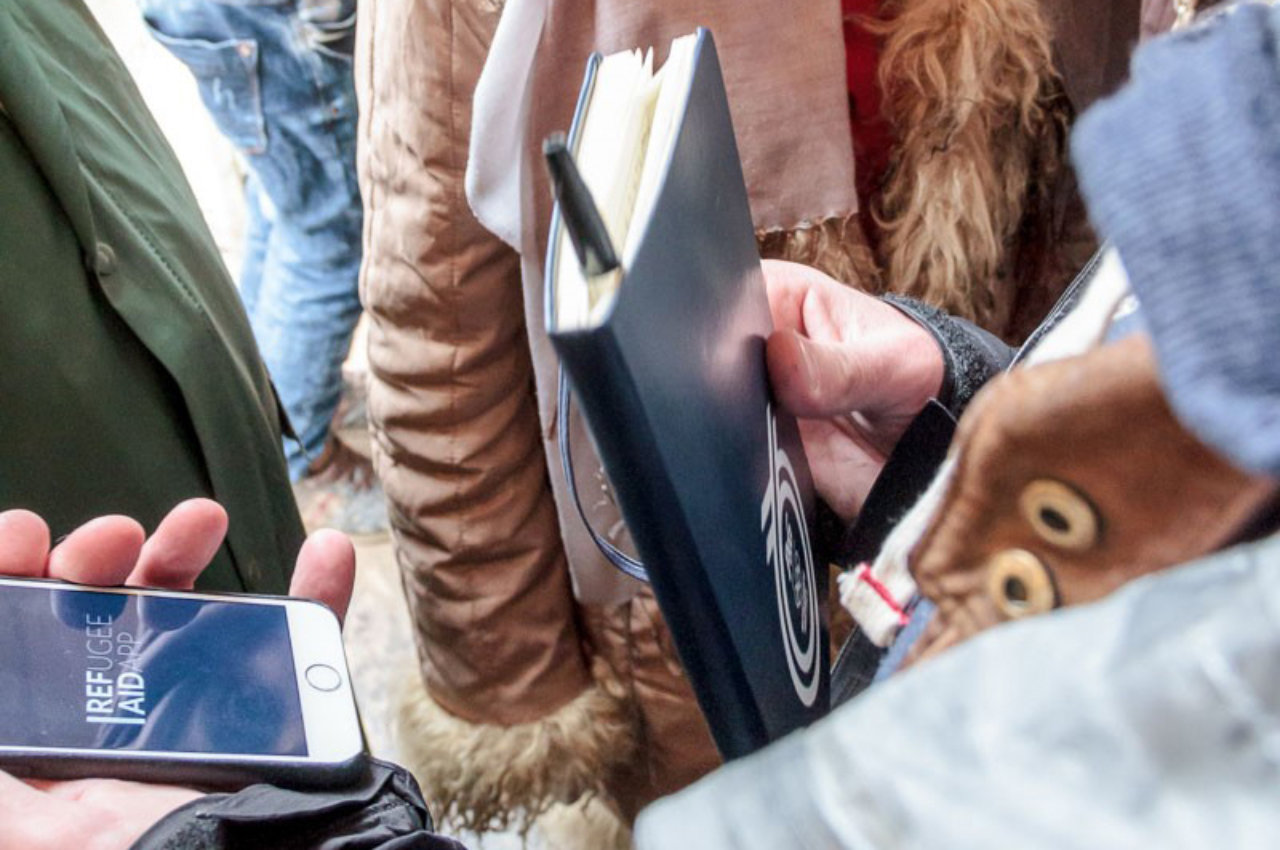At Pilotlight, we’re excited about the opportunities digital can bring to help us meet our mission and support our strategic objectives. Contributing to the draft of the Charity Digital Code has also raised my awareness of, and attention to, a number of innovative digital solutions. Recently, one of our Pilotlighters connected me with serial digital entrepreneur, and founder and CEO of tech company trellyz, Shelley Taylor. Hearing about the LifeSpots app trellyz launched in June this year really resonated with our Pilotlighter because her current charity project is faced with a challenge: how does the charity connect with everyone who needs their services?
Meeting Shelley, I was first of all inspired by her story of how the LifeSpots app was born. In our work, I have the relative luxury of exploring the opportunities digital can bring, but here’s an example of digital as part of the solution in a crisis situation, as Shelley describes:

The RefAid app
“Nearly three years ago the world woke up to the heart-breaking image of beautiful little Aylan lying lifeless on the beach. We all knew about the mass migration due to the war in Syria, but this image was so powerful and painful it was difficult not to react and try to do something. Some of my friends went off to refugee camps to help, but I simply couldn’t walk away from my employees and the investors who had funded my company. And yet I was called to do something. Then one day it came to me. I was reading about how refugees were using their mobile phones to navigate across Libya, to Italy and Greece. My company makes mobile apps for people with large communities and I started to think: ‘Could I create an app that would help them find the services provided by aid organisations that they needed?’
I spoke to the UNHCR, British Red Cross, Caritas and others, and they all agreed that creating some kind of app where refugees could find the services they needed near them would be a great tool. So, using our existing platform, we created the RefAid app over a weekend. It sounds easier than it was – but that’s because we’d built an app creation platform already. The RefAid platform itself consists of two parts: a website where service providers enter their services, and the mobile app where those services are available on a map and by category for the prospective service-user to browse.
Every organisation we spoke to wanted to include their services, which seemed easy enough. However, what we didn’t anticipate was that none of these organisations (including some of the largest in the world) had a list of their services in a database that they could export from. It generally took weeks for them to pull their services into a spreadsheet to upload into RefAid’s Content Management System (CMS).
This was our ah-ha moment. We thought we were solving the problem of people finding what they needed in their new world. But the problem we really needed to solve was how to help aid organisations and government service providers to create a database of their services.
Our CMS made this possible, and for the first time ever we’d created a global database of these services that was user-friendly, geo-targeted and updated in real-time. Once we had enough services we launched the app in Italy and the UK, and have since rolled it out to 22 countries across Europe, Turkey and the US. It’s our passion project, so we pay for it, which makes it easier for not-for-profits to jump on-board.
LifeSpots
About a year into the rollout of the RefAid app, I had another ah-ha moment. I realised that the problem of delivering information about services is not exclusive to refugee aid organisations. In fact, all public and community service providers face the same challenges of knowing what’s available where, how to coordinate and collaborate with partners delivering similar or complementary services, and how to let their beneficiaries know quickly and inexpensively what is available. Suddenly we had a new mission: to map the world of public and community services, and we created LifeSpots.”